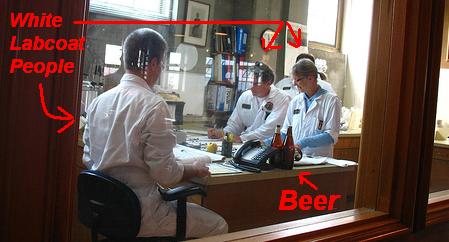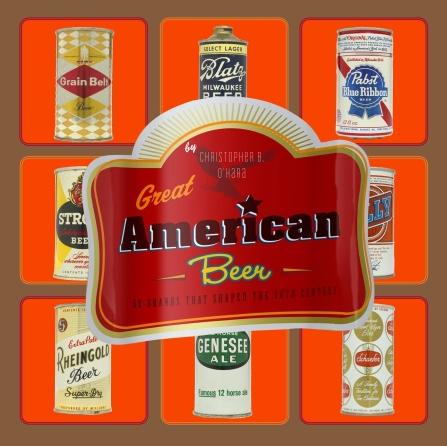Here is an easy one for the dog days of summer: was Karl Rove a force for good or evil? Remember – on his way out he called you all “the mob” as in he was not going to leave at a time dictated by the mob. When was the last time a public official in a democracy could call the people “the mob”? Anyway, to stoke the question, here is a clip from the editorial from The New York Times:
Mr. Rove has stonewalled Congress’s legitimate efforts to investigate. Some of his key e-mail messages on the United States attorneys matter appear to have mysteriously disappeared, while others are being withheld with baseless claims of executive privilege. As for defying that Senate subpoena, some subjects might have been protected by privilege, but Mr. Rove’s refusal to show up at all is outrageous — although totally in keeping with his and his boss’s disdain for the separation of powers.Mr. Rove failed his own party, as well as the American people, when he counseled President Bush to turn every serious policy debate — Social Security, the war in Iraq, even terrorism — into one more political dogfight. Today, despite Mr. Rove’s claims of invincibility, both houses of Congress are back in Democratic hands, Mr. Bush’s approval ratings are around 30 percent and many Republican presidential candidates are running as fast as they can away from the Bush legacy.
Can anyone find a similarly sourced opinion that actually supports what the guy did? Isolated crackpot rural libertarian bloggers do not count, by the way.
Me? I agree with the disgusting politicization stuff. Thankfully we have had a degree of protection from that in recent years by the wonder that is minority government. People will say that the bureaucracy here is socialist Liberal but that really has not been the case since the Federal cuts began back in the mid-80s under Mulroney with the trains and post office, continued under Chretien with his slash and burn and continues with the present unFederalizing policy – though, granted, the Food Mail Program still exists. But this is not about me. It is about Karl and you.
By the way…you ever notice he has the same first name as Karl Marx? What the hell was wrong with Carl anyway?
GP rules apply. More here.



 But of course it is more than math that escapes me. Conversely, both authors are
But of course it is more than math that escapes me. Conversely, both authors are 



